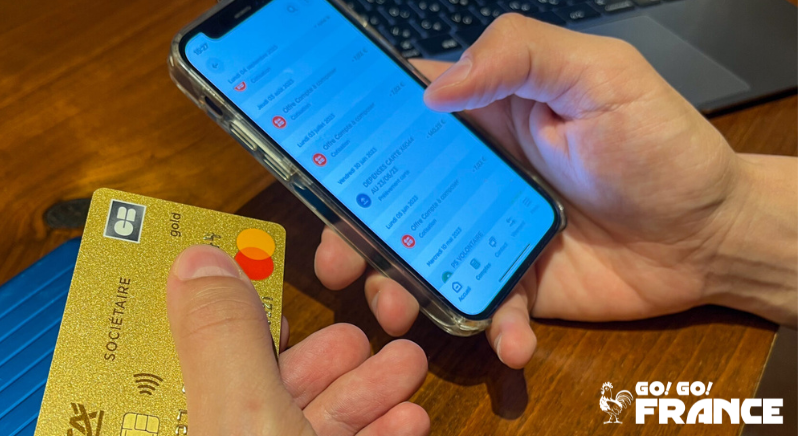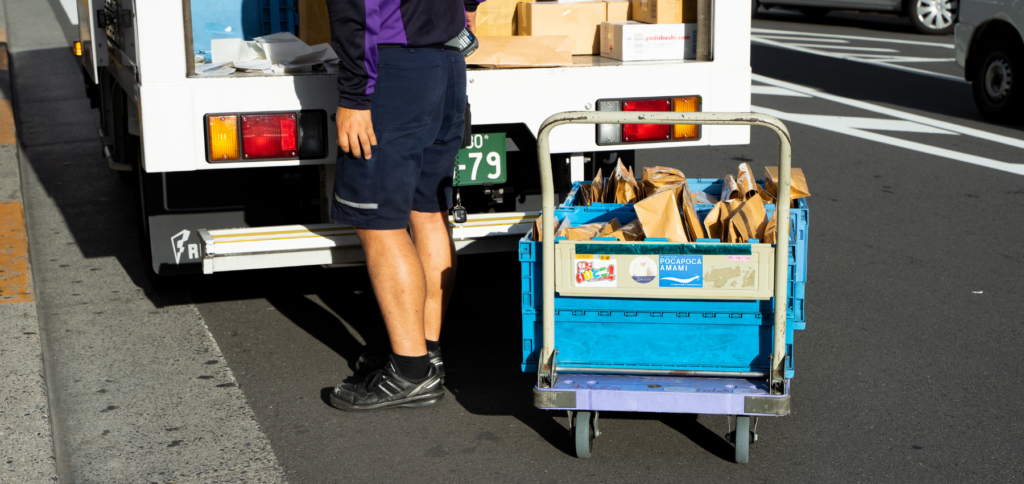As the world increasingly moves towards digital transactions, going cashless has become the norm in many countries, including France. In this guide, we’ll walk you through everything you need to know about going cashless in France, from the best payment methods to essential tips for ensuring smooth transactions.
Contactless Payments
Contactless payments, often called “tap” or “touch” payments, has become increasingly popular in France, making cashless transactions seamless. Most French banks issue debit and credit cards with NFC capability, identifiable by the contactless symbol (4 curved lines). For transactions under €50, you can simply tap your card without entering a PIN. As of January 2024, the standard limit for a single contactless payment is €50; beyond this, you’ll need to use the chip-and-PIN method.
Most shops are now equipped with compatible terminals, encouraging customers to “tap” to pay. Additionally, more public transportation systems in France are installing new readers, allowing tourists and visitors to easily pay for their rides by tapping their cards on the turnstile’s reader.

Lydia Payment App
Lydia is one of the most popular mobile payment apps in France, widely used by locals for everything from splitting restaurant bills to paying rent. The app is available in English, making it user-friendly for international students and travelers. Lydia allows you to link your bank account or card, enabling you to make quick and secure payments with just a few taps on your phone.
Wise Debit Card
For international travelers and students, the Wise debit card is a game-changer. Originally known for offering low-cost international money transfers, Wise now provides a multi-currency debit card that you can use across France and beyond. The card is especially useful if you have multiple currencies, as it automatically converts your funds to the local currency at the best possible rate.
Whether you’re paying for a coffee in Paris or booking a train ticket to the French Riviera, the Wise card makes going cashless in France both easy and cost-effective. You can apply for an account here: https://wise.prf.hn/l/eYm1G1n

Apple Pay
Apple Pay is widely accepted in France and is an excellent option for those who prefer a contactless payment method. You can use Apple Pay at most stores, restaurants, and even some public transportation systems by simply holding your iPhone or Apple Watch near the payment terminal.
Moments When Cash is Necessary
Even with the rise of cashless payments in France, there are still moments when cash is necessary. Small, independently owned businesses, especially in rural areas, may only accept cash or have minimum purchase requirements for card payments. Tipping for exceptional service, using public restrooms that require coins, or shopping at local outdoor markets where vendors might operate on a cash-only basis are all situations where having some cash on hand can be crucial.

With all these options available for going cashless in France, the choice of which one to use ultimately depends on your preferences. The main differences lie in their reward systems, discounts, and special offers. We recommend visiting each platform’s website to explore its specific benefits.
Want to learn more about life in France? Be sure to check out the other articles on our blog.











